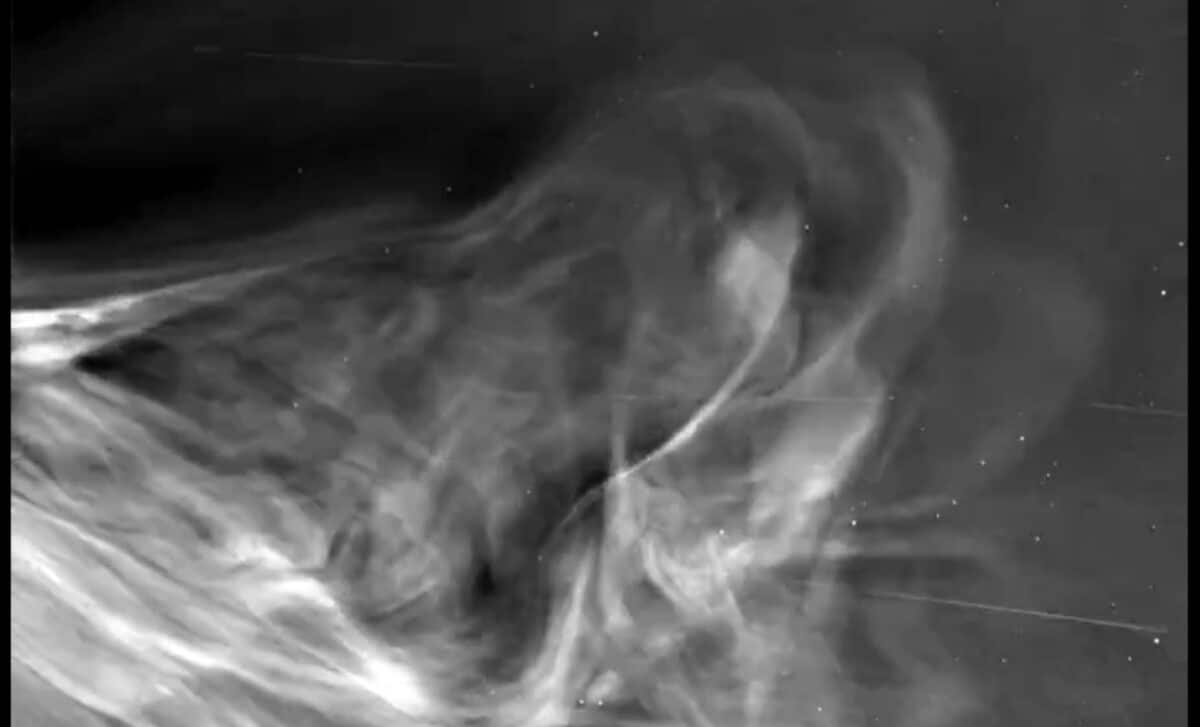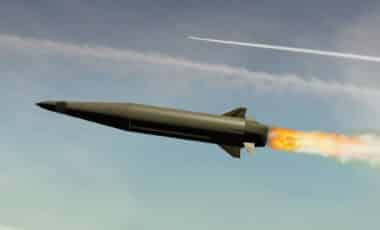NASA has revealed the closest and most detailed images ever taken of the Sun, thanks to the Parker Solar Probe. Captured during its flyby on December 24, 2024, these images show the Sun’s outer atmosphere and solar activity in unprecedented clarity. Scientists are hopeful this breakthrough will improve our understanding of space weather and enhance protection against solar threats.
The Parker Solar Probe, launched in 2018, is named after astrophysicist Eugene Parker, who first described solar wind in 1958. The spacecraft recently reached a record-breaking distance of just 6.1 million kilometers from the Sun’s surface. This proximity allows it to capture solar phenomena with incredible detail.
The images revealed the Sun’s activity, including coronal mass ejections (CMEs) and the solar wind, for the first time at such a close range. As Nour Rawafi, the mission’s scientific lead, pointed out, this moment has been long-awaited since the late 1950s, as prior missions had observed the Sun from much farther distances, reports France 24.
A Closer Look at the Sun’s Mysteries
During the December 2024 flyby, Parker captured extraordinary images of the Sun’s outer atmosphere, known as the corona. The images, taken by the spacecraft’s single camera, WISPR (Wide-Field Imager for Parker Solar Probe), revealed high-resolution footage of solar phenomena.
The footage showed multiple coronal mass ejections (CMEs), massive bursts of ionized particles that play a major role in space weather. These ejections are responsible for the spectacular auroras seen around the world. Rawafi highlighted that the probe captured several CMEs stacked on top of one another, a rare phenomenon that provided a unique view of solar dynamics.
Observing the Solar Wind in Action
Another significant observation was the detailed depiction of the solar wind, which appeared as a flow of particles coming from the left side of the images. This wind follows a structure known as the heliospheric current sheet, a boundary where the Sun’s magnetic field shifts from north to south.
This feature is crucial to understanding the spread of solar eruptions and their impact on Earth. As Rawafi explained, studying this sheet helps scientists understand how solar storms propagate and their potential effects on Earth.
Impact on Space Weather Forecasting
The data and images collected by Parker could significantly enhance space weather predictions, with important consequences for satellite operations, electrical grids, and communication systems. As the number of satellites in orbit increases, monitoring solar activity and preventing disruptions becomes more essential.
Rawafi pointed out that solar storms, particularly those occurring during the declining phase of the solar cycle, could have severe consequences for space-based technologies. The next solar minimum, expected in five to six years, will provide additional opportunities to study solar activity and improve space weather forecasts.








